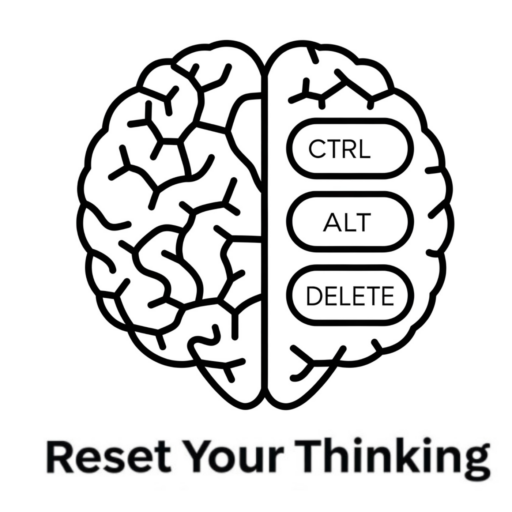“Necessary Endings” by Dr. Henry Cloud explores the critical, yet often avoided, process of ending relationships, projects, and situations that hinder growth and success in both personal and professional life. Cloud argues that endings are not failures but essential steps toward realizing full potential. He provides a framework for identifying what needs to be pruned, understanding the internal and external resistances to ending things, and navigating the process effectively. The book emphasizes the importance of having a clear vision, assessing character, and making peace with the reality of life cycles.
Key Themes and Ideas:
- Endings are a Necessary Part of Life: The book establishes the fundamental concept that endings are not inherently negative but a natural and necessary aspect of growth and progress, echoing the biblical passage from Ecclesiastes: “There is a time for everything, and a season for every activity under heaven: a time to be born and a time to die, a time to plant and a time to uproot…” Endings are presented as opportunities for new beginnings and a chance to focus resources on more fruitful endeavors.
- Pruning for Growth: Drawing a parallel with gardening, Cloud introduces the concept of “pruning” as a proactive form of ending. Just as a rosebush requires pruning to reach its full potential, so do businesses, relationships, and personal pursuits. Pruning involves intentionally cutting away:
- Healthy but less promising buds/branches
- Sick branches that won’t recover
- Dead branches that consume resources. This strategic approach ensures that limited resources (time, energy, money) are directed toward achieving a defined vision. “The areas of your business and life that require your limited resources— your time, energy, talent, emotions, money—but are not achieving the vision you have for them should be pruned.“
- Defining the “Rose”: Vision and Standards: Effective pruning requires a clear understanding of what you are trying to achieve. You need to “name the rose” – define the desired standard or goal. Without a clear vision, pruning becomes arbitrary and ineffective. “In your business and in your life, don’t just “cut back” and think that you have pruned. Pruning is strategic. It is directional and forward-looking. It is intentional toward a vision, desires, and objectives that have been clearly defined and are measurable.“
- Overcoming Internal Resistance: The book delves into the psychological barriers that prevent people from making necessary endings. These “internal maps” or belief systems can include:
- High Pain Threshold: Becoming accustomed to misery and tolerating problems for too long.
- Covering for Others: Taking responsibility for other people’s problems instead of addressing their behavior.
- Believing Ending Means Failure: Equating ending a project or relationship with personal inadequacy. “If you shut down this project, or quit trying with this individual person, you are a quitter, and that is terrible,” is what the internal map says. Quitting is just bad, period. Always, anytime, anywhere.“
- Misunderstood Loyalty: Placing loyalty above performance or well-being.
- Codependent Mapping: Enabling dysfunctional behavior in “family-like” environments.
- Making Endings Normal: Cloud advocates for integrating endings as a normal part of business and life, rather than viewing them as problems. This involves:
- Accepting life cycles and seasons.
- Recognizing that life produces more opportunities than can be sustained.
- Acknowledging the existence of incurable issues and sometimes evil.
- Hope vs. Wishing: Cloud distinguishes between genuine hope and wishful thinking. Hope should be grounded in objective reasons and based on a realistic assessment of the situation and the people involved. A key element is evaluating character: “The first factor to consider in assessing whether or not there’s hope for a certain scenario is to ask yourself, “Who am I dealing with?” Character, giftedness, and all of who a person is, the person’s makeup, is the future.” He uses the analogy of a crucial golf putt, emphasizing that the outcome depends on who is taking the shot, not just the desire to win. Past behavior is the best predictor of future behavior. “the best predictor of the future is the past.“
- Three Types of People: The book simplifies human behavior into three categories:
- Wise People: Receptive to feedback, responsible, and willing to change.
- Foolish People: Resistant to feedback, make excuses, and struggle to take responsibility.
- Evil People: Intentionally harmful and destructive. Different strategies are needed for dealing with each type.
- Creating Urgency: Overcoming inertia requires creating a sense of urgency. This involves:
- Making the threat to the future real.
- Establishing “ending alliances” for support.
- Setting deadlines with consequences. “Remember, a deadline without consequences is not much of a deadline.“
- Staying close to the misery of the current situation.
- Creating a clear and compelling vision of the desired future.
- Navigating the Conversation: The book offers practical advice for communicating necessary endings, emphasizing the importance of:
- Getting the tone right: Be caring and respectful.
- Validating the person and the relationship.
- Staying on message about the reasons for the ending.
- Above all, don’t be “squishy”: Make the ending clear and final.
- Metabolizing Endings: After an ending, it is crucial to process the experience, learn from it, and extract valuable lessons. This involves:
- Identifying what worked and what didn’t.
- Using the insights to avoid repeating mistakes in the future. “You probably could get a deal. And you would make all the same mistakes you made in the last one, and I don’t want you to do that. We need to do an autopsy.“
- Grieving the loss, if necessary, and finding closure.
- Sustainability: Maintaining long-term success requires creating sustainable practices in all areas of life. This involves:
- Assessing whether your current emotional, physical, and relational states are sustainable.
- Ensuring that your financial resources are not being depleted.
- Identifying energy drains and taking steps to address them.
- Self-Selection: By clearly defining your standards and expectations, you allow others to “self-select” whether they want to be part of your life or business.
Target Audience:
The book is intended for leaders, managers, entrepreneurs, and anyone seeking to improve their personal and professional lives by making difficult but necessary changes.
Potential Applications:
- Leadership Development: Provides a framework for making strategic decisions about resource allocation and personnel management.
- Personal Growth: Helps individuals identify and address unhealthy relationships, habits, and thought patterns.
- Business Strategy: Offers guidance on how to prune underperforming business units, products, or strategies.
- Conflict Resolution: Provides tools for navigating difficult conversations and setting boundaries.
Overall Significance:
“Necessary Endings” provides a valuable perspective on the importance of endings in achieving growth and success. By offering practical strategies and psychological insights, the book empowers readers to overcome their fear of endings and embrace them as opportunities for positive change.
RYT Podcast is a passion product of Tyler Smith, an EOS® Implementer (more at IssueSolving.com). All Podcasts are derivative works created by AI from publicly available sources. Copyright 2025 All Rights Reserved.

